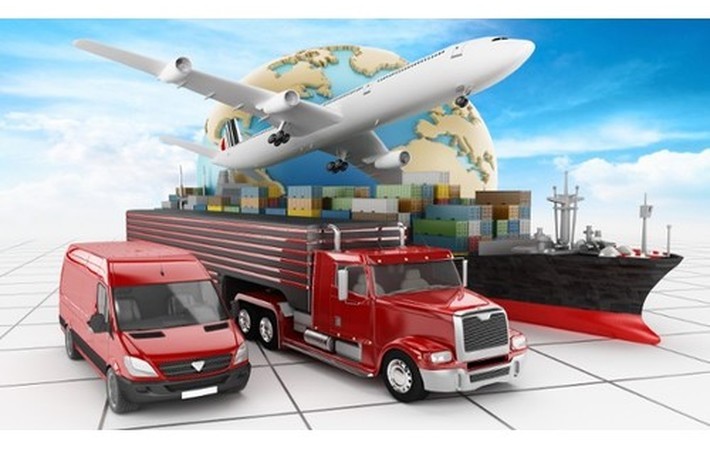
Published on 11/16/2016 | Technology
Most enterprises have multiple constituencies of infrastructure, applications, employees, customers, suppliers, processes and policies that are needed to run the business. Any new systems, including those dealing with IoT, need to be architected to fit within this context. The real value of IoT lies in combining the IoT-generated data with other enterprise data, but a key challenge is how to best integrate them.
The data integration challenge needs to be solved at several levels: data transformation (from one protocol to other), routing (getting data to where it is needed), manipulation and analysis. Let’s explore this further by looking at the example of data analytics, an integral part of the IoT solution. After all, what is the point of collecting the IoT data in a Hadoop data lake if we’re not going to derive business value from it. Before the data scientists can build data models to derive intelligence from the IoT data, it requires several considerations:
- Clearly defining business problems (similar to operational goals like reducing defect rates, finding the most efficient routes vs. nebulous goals of finding intelligence in sensor data)
- Ways to integrate structured sensor data with other structured and unstructured enterprise data
- Addressing constraints (data governance or security requirements)
- Deciding on analytics tools like SPSS, SAS or R (open source)
The data scientist will need to work with cross-functional teams of subject matter experts to build the data model. For example, a company seeking to perform predictive analytics for aircraft engines gets data from various on-board sensors to monitor temperature and vibration data from the engines and braking systems. This data is then analyzed to establish patterns and relationships between various variables. This expertise is provided by engine manufacturers (GE, Rolls Royce) or by specialized vendors like Scientific Monitoring Systems (acquired by Intel). These vendors have deep domain expertise in engine controls, aerodynamics, and machine learning to predict engine component failure. This allows airlines to schedule predictive maintenance on demand instead of through time-based or reactive maintenance. The data scientists at these vendors work with domain experts to create and continuously enhance these data models which provide reliable results. The data scientist has to be careful of false alarms as it costs the airlines to schedule service where none is needed or worse – a false negative – failing to service an engine that should have been scheduled, resulting in flight delays or accidents. What kinds of tools do the data scientists need that will allow them to create data models that can work across various sources of data for IoT use cases?
Similar challenges will be faced by each stakeholder in the IoT value chain. These stakeholders include factory technicians, operations managers, developers, system integrators, data administrators, system administrators, etc. Each of these challenges has to be addressed using the same rigor needed to build mission-critical, enterprise systems.
In summary, the true value of IoT is not in the IoT-generated data itself, but in combining it with existing enterprise data. It is the sum of these parts that will help drive new insights into business problems or uncover new opportunities.
The original article can be found here.